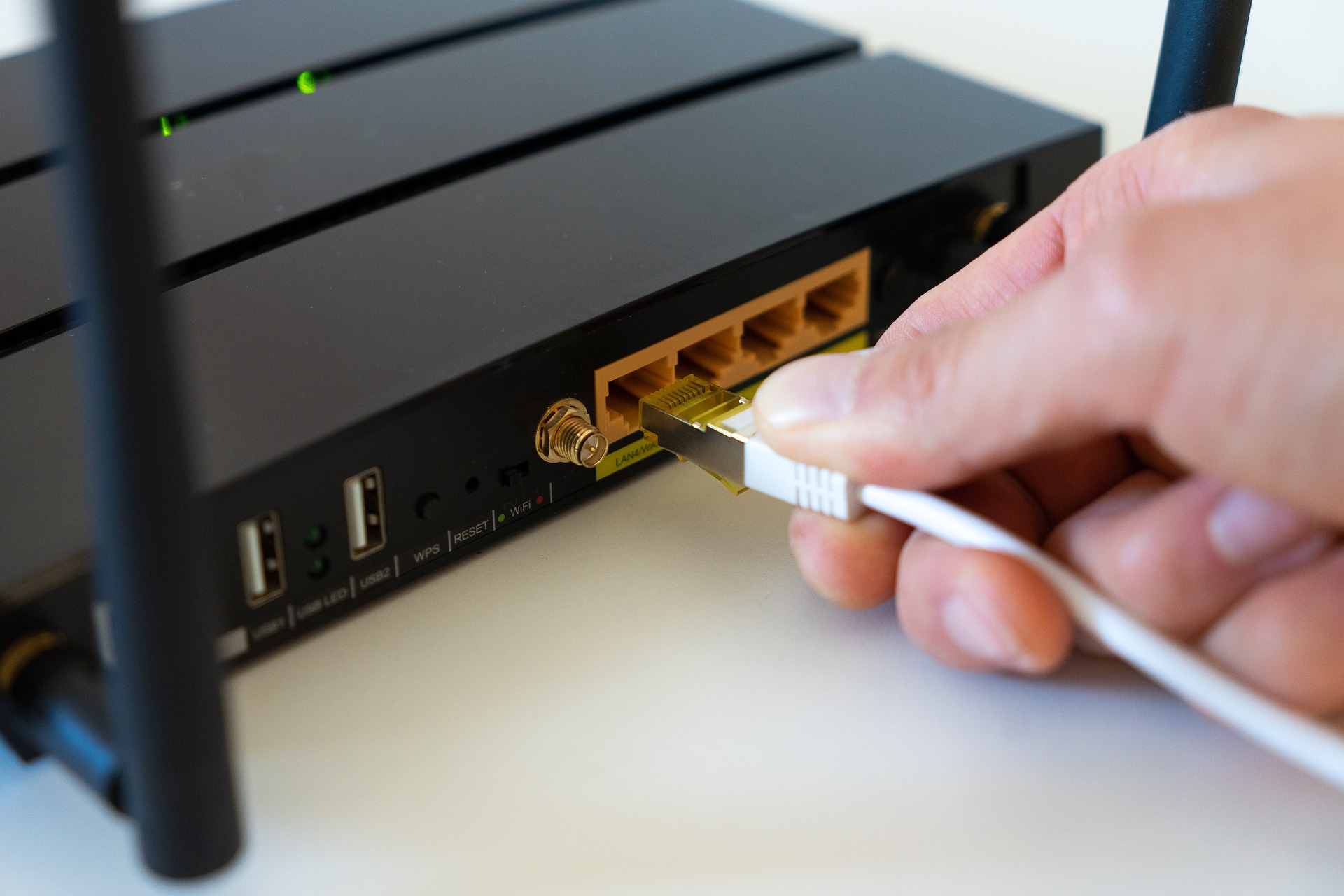Unveiling Fixed Wireless Access: An Innovative Solution to Connectivity Challenges
In a world where connectivity is increasingly becoming a basic necessity, the search for new and efficient solutions remains relentless. One technology that has been making waves is Fixed Wireless Access (FWA). This technology, which has its roots in the early days of wireless communication, is gradually transforming the way we connect.
The Genesis of Fixed Wireless Access
FWA is not a new concept. It dates back to the late 20th century when it was primarily used for point-to-point communication and broadcasting. However, the technology has evolved significantly over the years, riding on the waves of technological advancements in wireless communication. Its leap to the forefront of connectivity solutions has been propelled by the unique challenges of the 21st-century telecom industry.
Fixed Wireless Access in Today’s Telecom Landscape
In today’s digital age, the demand for high-speed, reliable internet connectivity has skyrocketed. Traditional wired solutions, such as DSL and cable, though reliable, are often limited by the geographical challenges of deploying physical infrastructure. This is where FWA comes in, offering a flexible and cost-effective solution.
FWA works by using radio signals to transmit data between two fixed points: a central antenna (usually mounted on a tower) and a receiver (installed at the user’s premises). This eliminates the need for physical cables, making it especially suitable for areas where laying cables is difficult or expensive.
Impact and Applications of Fixed Wireless Access
The impact of FWA is far-reaching. It’s proving to be a game-changer in remote and under-served areas, providing a lifeline of connectivity. For businesses, FWA provides a reliable backup connectivity solution, ensuring continuity in the event of a wired network failure.
Moreover, the technology is also carving a niche in the residential market. With the rise of high-definition streaming, online gaming, and remote work, households are seeking more robust internet solutions. FWA, with its capacity for high-speed data transmission, is becoming an attractive option.
Challenges and Future Directions
Despite its advantages, FWA is not without its challenges. Signal interference, limited coverage, and weather conditions can affect its performance. However, ongoing research and technological advancements are helping mitigate these issues.
One promising development is the integration of FWA with advanced wireless technologies. For instance, millimeter-wave technology, which operates at ultra-high frequencies, can enhance the speed and capacity of FWA networks.
The Power of Fixed Wireless Access: A Balance of Depth and Accessibility
In conclusion, FWA represents a unique blend of depth and accessibility in the world of connectivity. It provides a fresh perspective on how we can overcome geographical and infrastructural barriers to deliver high-speed, reliable internet services. It also highlights the adaptability of the telecom industry in leveraging old concepts to solve new-age challenges. As we continue to explore the power of FWA, it’s clear that its impact will be felt far and wide in the telecom landscape.





